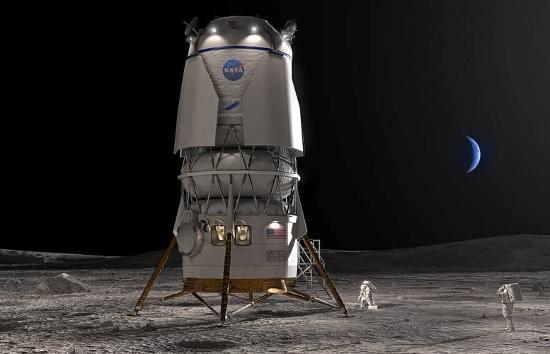Elon Musk is bucking a billionaire trend. He says he doesn’t plan to hand over his companies, which include Tesla, Twitter, and SpaceX, to his kids.
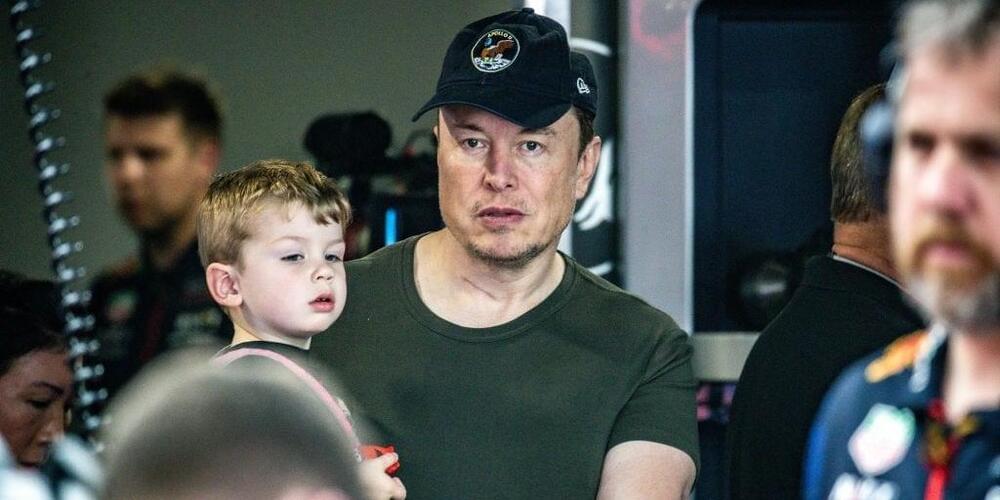

A SpaceX Dragon capsule carrying four private astronauts arrived at the International Space Station early Monday (May 22) after a record-setting trip to the orbiting laboratory.
The Dragon spacecraft, named Freedom, launched atop a SpaceX Falcon 9 rocket on Sunday (May 21), kicking off the private Ax-2 mission to the orbiting lab for Axiom Space. It linked up with the station a day later at 9:12 a.m. EDT (1312 GMT) as both spacecraft sailed 262 miles above the Pacific Ocean, northeast of Japan.
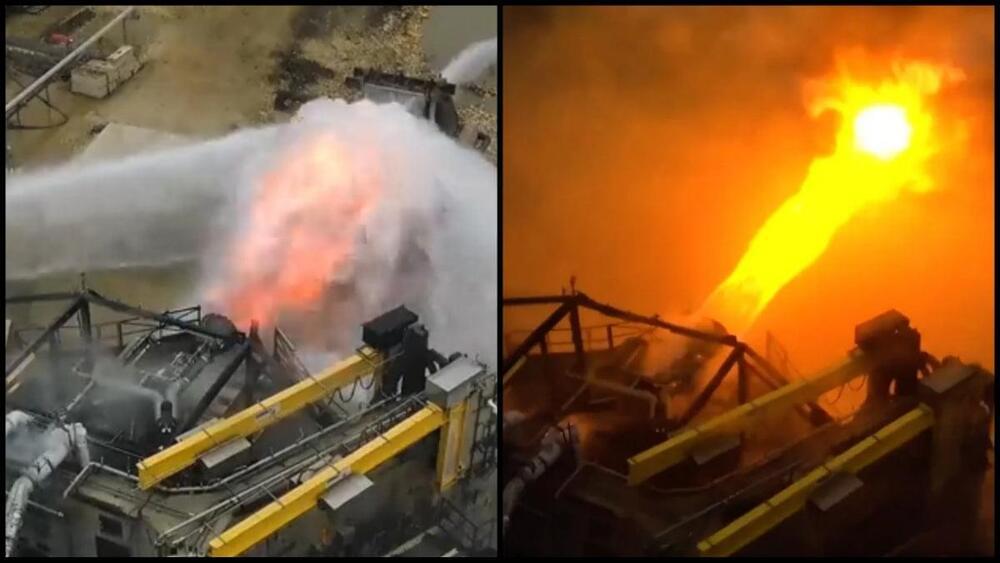
On Friday, May 19, SpaceX released a 20-second video demonstrating that it is already conducting tests on technology aimed at fortifying the ground beneath its enormous Starship rocket’s orbital launch pad. The launch pad, situated at SpaceX’s Starbase facility in South Texas, endured significant damage during the inaugural test flight of a fully-integrated Starship vehicle on April 20. During the test flight, the sheer power of the Super Heavy rocket’s 33 Raptor engines created a substantial crater beneath the pad. As a result, chunks of shattered concrete were sent soaring through the air.
SpaceX founder Chief Engineer Elon Musk shared that SpaceX is actively developing a solution to mitigate such damage. He said that they plan to build “a massive water-cooled, steel plate to go under the launch mount.” The footage of the test shows a methane-fueled Raptor engine ignited with its beam hitting a steel-plate and a massive stream of water. “One hell of a plasma beam!” said Musk when he shared the video via Twitter, shown below. A single Raptor V2 engine is capable of generating around 230 tons of thrust. Engineers must build a strong structure that could support such intense power, collectively, all 33 Raptor engines generate over 17 million pounds of thrust!
Regarding launch pad modifications –“We’re going to put down a lot of steel” under the launch tower before the next Starship flight with a water flame diverter system, Musk said during a Subscriber-only Twitter Spaces discussion on April 29. “We certainly didn’t expect” to destroy the concrete under the launch pad during the flight test, he said (pictured below). He speculates that the crater was caused due to “compressed the sand underneath the concrete to such a degree that the concrete effectively bent and then cracked.”
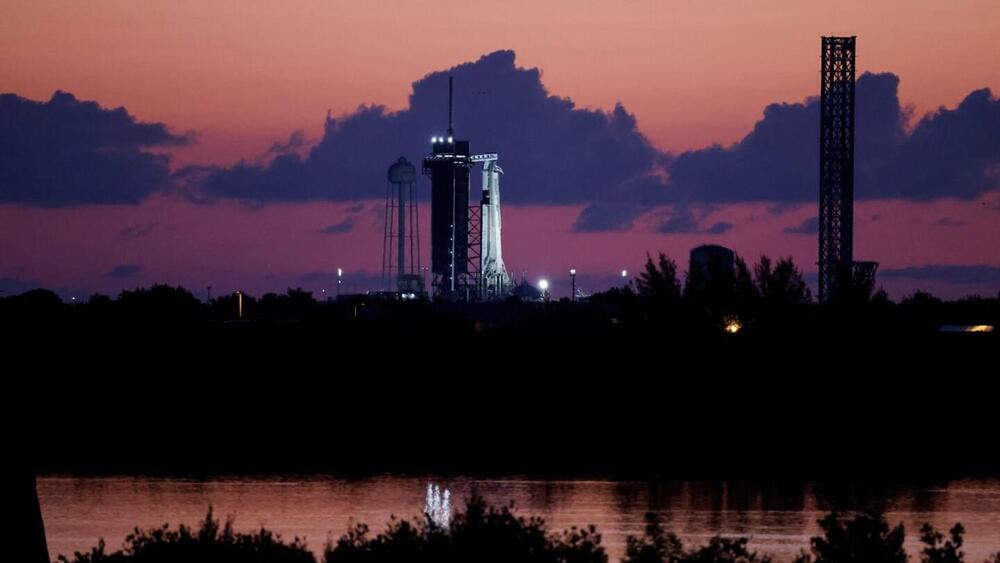
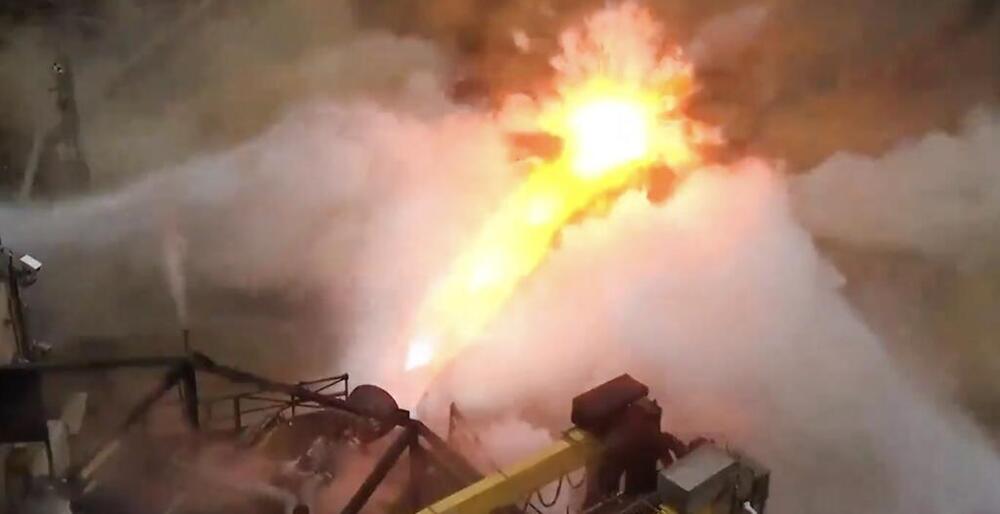
Raptor test firing into a water cooled steel plate 🔥 pic.twitter.com/oXUp5PGqbf
For copyright contact: stienlemane2379(at)gmail.com.
Welcome to Futureunity, where we explore the fascinating world of science, technology, and the universe! From the inner workings of the human body to the outer reaches of space, we delve into the latest and most interesting discoveries that are shaping our world. Whether you’re a science buff or just looking for some mind-blowing facts, we’ve got you covered. Join us as we uncover the mysteries of the world around us and discover new frontiers in the fields of science and technology. Get ready for a journey that’s both educational and entertaining!
Disclaimer Fair Use:
1. The videos have no negative impact on the original works.
2. The videos we make are used for educational purposes.
3. The videos are transformative in nature.
4. We use only the audio component and tiny pieces of video footage, only if it’s necessary.
Copyright Disclaimer under section 107 of the Copyright Act 1976, allowance is made for “fair use” for purposes such as criticism, comment, news reporting, teaching, scholarship, education, and research. Fair use is a use permitted by copyright statutes that might otherwise be infringing.
Disclaimer:
Our channel is based on facts, rumors & fiction.
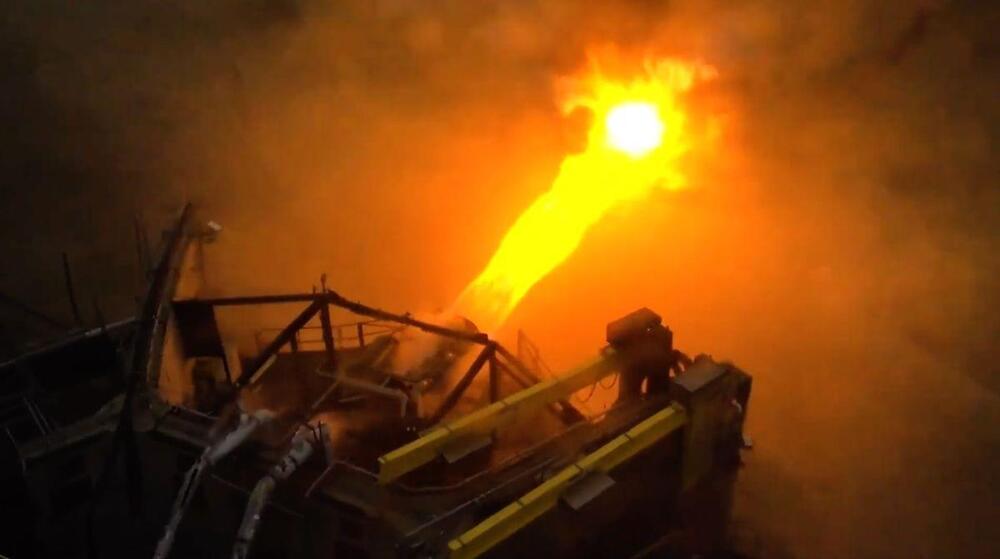
SpaceX is already testing tech that could strengthen the ground beneath its giant Starship rocket’s orbital launch pad, a new video shows.
That pad, at SpaceX’s Starbase facility in South Texas, took a beating during the first-ever test flight of a fully stacked Starship vehicle — the most powerful rocket ever built — on April 20.
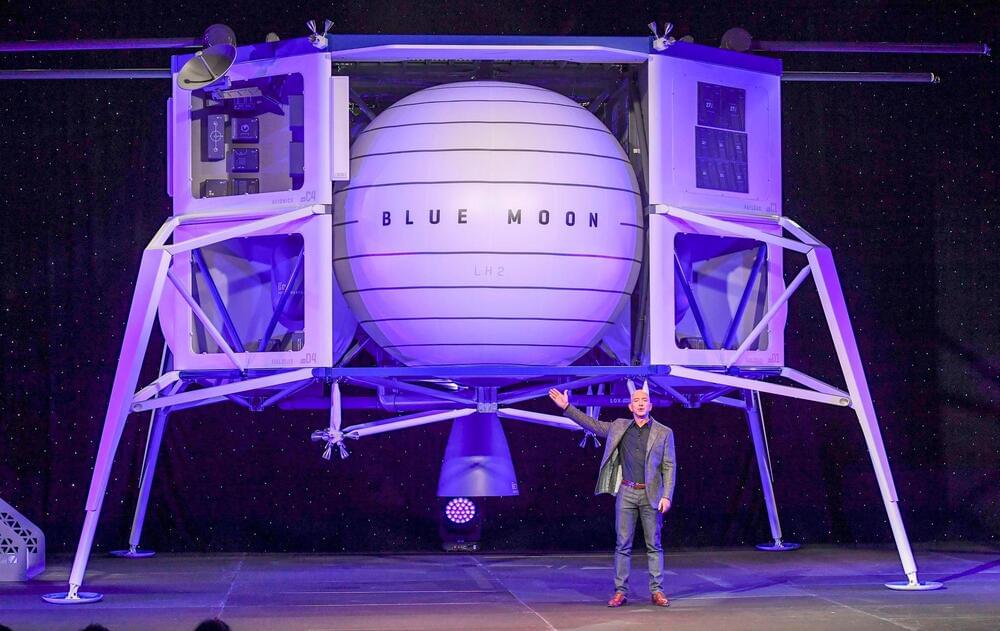
NASA on Friday announced the second spacecraft it hopes will help return astronauts to the surface of the moon later this decade. Blue Origin’s Blue Moon lander joins the SpaceX Starship as the two vehicles the space agency aims to use for its Artemis program to once again put boots on lunar regolith.
Over a half-century after NASA used a massive investment of US GDP to fund the Apollo program and build the Saturn V rocket, humanity’s next chapter in space is largely in the hands of two of the richest men in the world, SpaceX founder and chief twit Elon Musk and Amazon and Blue Origin head Jeff Bezos.
The shift in the provenance of Apollo’s mission architecture versus that of Artemis is, at the very least, a symbolic representation of a key shift in American society over the last few generations. Hot off the heels of successful collective action in Europe and elsewhere during World War II, the Americans again came together to catch up to — and then surpass — the Soviet Union in the space race.
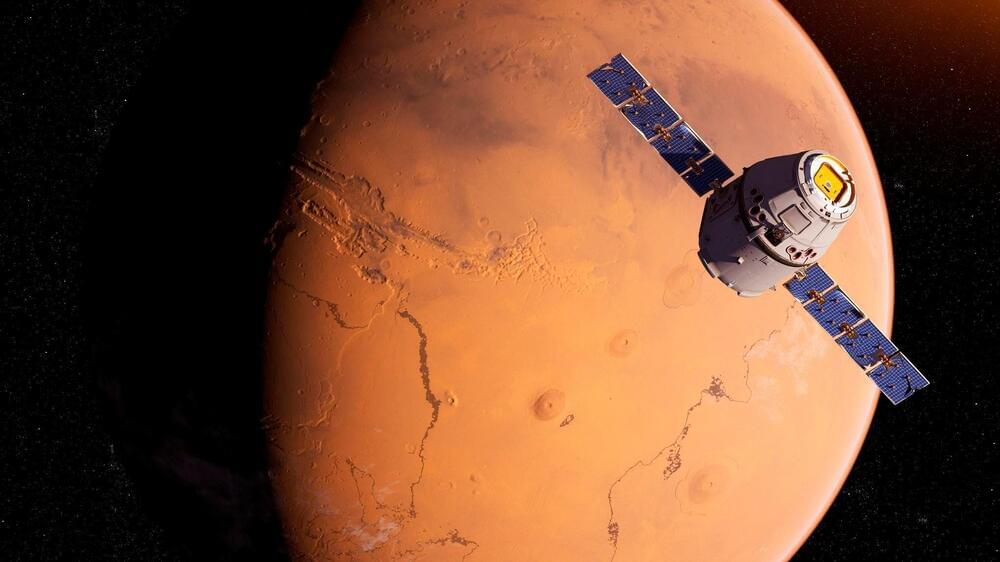
NASA could take advantage of a rare planetary alignment in 2033 to send the first crewed mission to orbit Mars and, on the way back, Venus. The short trip—which would be the first interplanetary crew ever—could be a pathfinder mission for the first crewed landing on the red planet in 2037.
It’s “the best time to go to Mars in the next 25 years,” said Matt Duggan, mission management and operations manager at Boeing, addressing the 2023 Humans To Mars Summit on Wednesday at the National Academy of Sciences Building in Washington D.C. “That’s in terms of the amount of energy and fuel you have to spend to get to Mars—it’s a unique opportunity that comes around once every 15 years.”
A mission plan to send crew in existing spacecraft on a 570-day return trip to orbit Mars and Venus will only work every 15 years—and the next opportunity is 2033.
